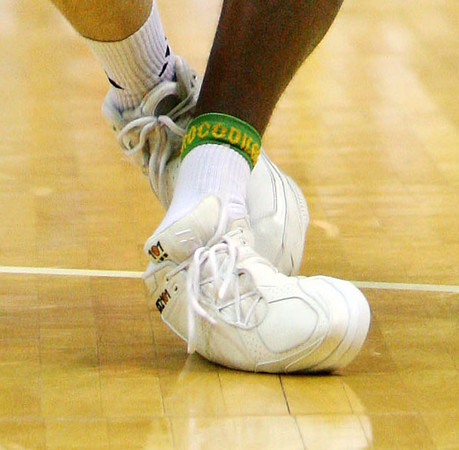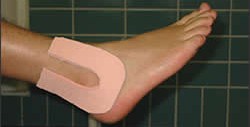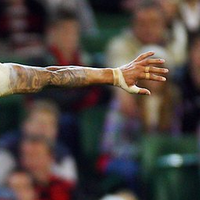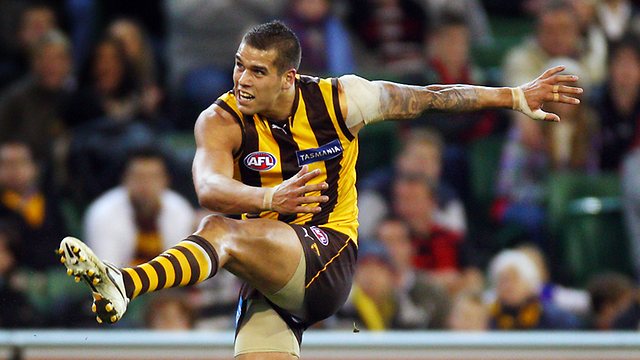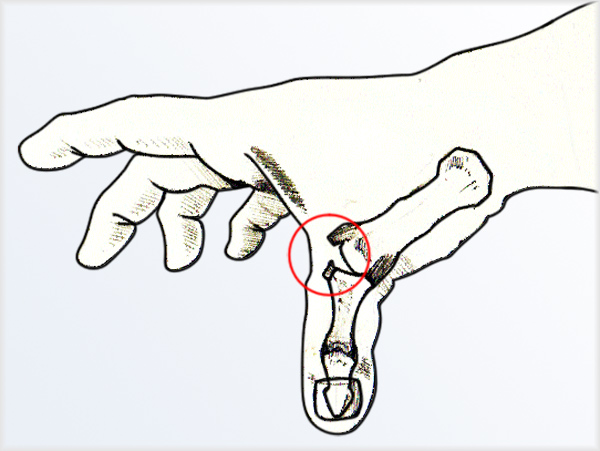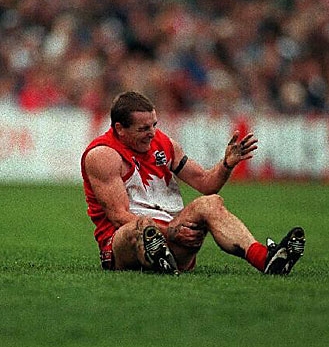 Patella Dislocation is a knee injury that can regularly occur in sports that involve twisting motions of the knee, and where the patella (knee cap) is dislodged laterally out of the patellofemoral groove at the front of the knee.
Patella Dislocation is a knee injury that can regularly occur in sports that involve twisting motions of the knee, and where the patella (knee cap) is dislodged laterally out of the patellofemoral groove at the front of the knee.
Its is an injury that is most common in younger athletes, between 16-20 years old, but can also occur randomly by impact in contact sports.
Perhaps the most watched patella dislocation injury in the AFL history, was when Sydney Swan footballer, Daryn Cresswell, dislocated his kneecap and was trying desperately to knock it back into place.
Patella Instability Pain
[toc]Patella Instability is also a condition that is not as common as some of the injuries that we have covered so far, but can either cause excruciating pain if dislodged, or restricting athlete discomfort if the patella is not tracking properly in the patellofemoral groove.
In this article of the SportStrap “How to Strap” series, I’d like to take a closer look at the injury itself, and how to strap for patella dislocation and instability.
How is the Patella Injured
There are varing degrees of Patella injuries from Patella Subluxation through to Patella Dislocation.
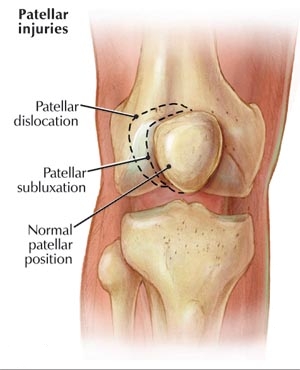
Patella Sublaxation is where the an unstable patella, or knee cap, does not track centrally in the groove at the end of the thigh bone as the knee bend, causing discomfort to the sides of the knee. This can be common in younger athletes, and can be hereditary.
Patella Dislocation is where the knee cap is dislodged for the groove, and it normally occurs in two ways:
- A direct impact to the front of the knee, knocking the patella laterally out of place.
- Quadriceps tendons & ligaments attached to the patella act awkwardly during twisting motions of the knee, forcing the patella out of place.
Below is a video showing a great technique for strapping Patella Instability using Sports Tape, by highly experienced Sports Trainer, Cam Wray. Enjoy!
Best Patella Strapping Technique
[youtube]https://www.youtube.com/watch?v=gqfjOLcdhfQ[/youtube]
What items do you need to Strap for Patella Instability?
To strap a patella properly, you are going to need the following items:
[bc_product_display id=”248″]
[bc_product_display id=”61″]
Optional items you may wish to use:
[bc_product_display id=”98″]
[bc_product_display id=”169″]
[bc_product_display id=”90″]
Preparation to Tape a Patella
For the best results when patella strapping, it is recommended to prepare the knee by doing the following:
- Shave off any hair around the area being taped (Hairy guys only).
- Ensure the hand is clean from dirt or oil.
- It is recommended to use Pre-Tape Spray for better adhesion
What is the Right Tape Tension.
When taping this method it is important not to tape the anchors to tight, as it will restrict the players movement, cause discomfort and possibly restrict blood flow.
When taping the McConnell technique its important to apply good tension pulling the knee-cap back toward the inner side of the leg
Here’s What You Need To Do Next…
First…
While this method is quiet simple, make sure you practice it once or twice in the next week, while its fresh in your mind.
Then…
I want you to leave me a comment on this page, and let me know how you plan on using what you learned from this edition of SportStrap “How To Strap” series.
And finally…
Let me know what you think of the SportStrap “How To Strap” series. This is the sixth episode, and I’d love to hear how much you’ve enjoyed it, and even what you’d like me to cover next. Remember subscribe to this newsletter below if you haven’t already.
For links to Previous episodes, here you go:
- How to strap an ankle
- How to strap a knee
- How to strap a shoulder
- How to tape an ankle for extreme support
Have a most outstanding day,
Cade Arnel
SportStrap.com.au

